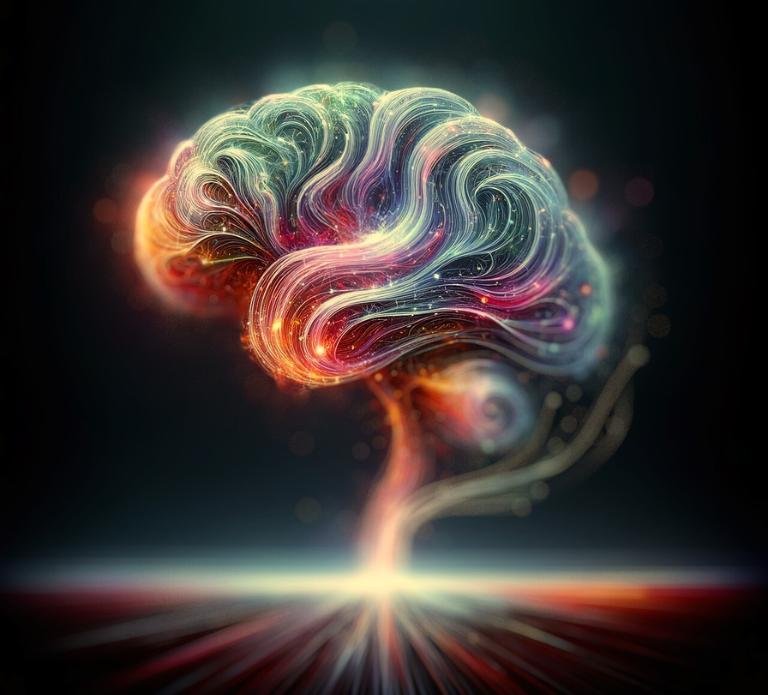Ultimate 10 Stages of Brain Injury Behavior.
A brain injury can be devastating, leaving a person’s world shattered and their path forward uncertain. The journey to behavior after a brain injury is a marathon, not a sprint.
However, by understanding the 10 stages of brain injury behavior, individuals and their loved ones can gain a sense of control and hope for the future.
The Early Stages: Battling Unconsciousness:
The initial stages of behavior are often marked by varying degrees of unconsciousness. This can be a harrowing time for families, but 10 stages of brain injury behavior offer a framework for understanding what to expect.
1. Coma:
In a coma, the brain can recover at its own pace. The duration of time a patient spends in a coma after suffering a serious injury might vary. This is the initial phase of getting back on your feet.
What is a coma? It is the most profound level of unconsciousness. Generally, coma patients have no eye movement, no deliberate movement, and lack speech and communication. The patient is unresponsive to the environment and does not wake, even with stimuli.
Comas can endure from weeks to months or even years.
After emerging from a coma, the patient may progress through successive stages towards brain behavior.
2. Vegetative condition :
Comas and a vegetative state are not the same as they are separate states of awareness. Neurological reactions varies. Patients in a coma have no neurological response, while those in a vegetative state may have regained some reflexes.
In a vegetative state, the patient may appear awake. You may see eye movement and responsiveness to stimuli. The cause comes from responses in the brain that stay intact after injury. But also because regions of the brain have begun to repair.
Once patients react and can communicate, they advance to the next stage of behavior.
3. Minimally Conscious:
Patients may come in and out of consciousness when they are in this stage. The significant development exhibited in this stage is awareness of people and environment. When in this stage, drugs can assist stimulate the brain to regain consciousness.
As the patient responds to guidance and conversation, they advance toward behavior.
The Mid Stages: Rebuilding the Pieces:
As consciousness returns, the focus shifts towards regaining cognitive and physical abilities. The 10 stages of brain injury behavior provide a roadmap for navigating these challenging mid-stages.
4. Post-Traumatic Amnesia:
Post-traumatic amnesia is the stage when the patient emerges from a coma. They may have a sense of forgetfulness upon awakening. There are two types of amnesia:
• Retrograde amnesia with the inability to remember prior events
• Anterograde amnesia where there is the inability to acquire new memories, including of day to day events.
Some patients may display behavior changes in this time. They may be belligerent or display other indicators of inappropriate behavior. Patients can lose their sensation of inhibition, especially if the frontal lobe sustained an injury.
Once patients can reliably remember daily occurrences and amnesia diminishes, the patient is then usually ready to undergo neurorehabilitation at a rehab facility where genuine healing and recovery occurs.
5. Inappropriate Behaviors:
While at this stage, patients can have difficulties focusing on tasks and may be disoriented. It can be tough for them to answer during communication or convey inaccurate speech that may not make sense.
If you would like to learn more about inappropriate behavior after TBI, check out our blog post on brain damage and improper behavior.
6. Confusion:
During this stage, the patient may be able to obey more directions from professionals and communicate. Memory difficulties often still remain, and focusing on tasks might be challenging.
7. Automatic and Appropriate:
When a patient gets to this stage in their rehabilitation, they can begin to follow a routine and execute certain daily life activities independently. This is a vital stage in post-acute rehabilitation as they can participate in important rehab behavior activities, including physical therapy, occupational therapy, and speech therapy.
The Later Stages: Regaining Independence:
The later stages of the 10 stages of brain injury recovery mark a significant shift towards greater independence and reintegration into daily life.
8: Purposeful & Appropriate:
“Purposeful and appropriate”signifies a crucial shift in brain injury recovery. The focus transitions from basic function to goal-oriented activities.Individuals become more active, requiring standby support rather than constant aid. Though challenges persist, they exhibit greater independence and appropriate behavior in daily routines, marking a significant step towards a purposeful and independent future.
9: Purposeful with Minimal Support:
The “purposeful with minimal support” stage signifies a remarkable advancement in brain injury recovery. Individuals transition from requiring standby assistance to functioning with only occasional support. This newfound independence reflects a strong sense of purpose, with the individual actively pursuing goals and taking initiative in daily activities. Challenges may still arise, but they are tackled with a greater degree of autonomy. This stage emphasizes managing tasks independently, demonstrating significant progress towards self-sufficiency. The need for support becomes more targeted, requested only when necessary. This newfound confidence and ability to navigate daily life with minimal assistance pave the way for a more independent and fulfilling future.
10: Purposeful and Independence:
The TBI patient has gained function in the later stages and can accomplish most chores independently. They presumably will need to undergo continuing rehabilitation for brain injury but do not require the full aid of a neurorehabilitation center.
During this final stage, some individuals achieve a full recovery and can handle everyday living activities on their own.
However, their cognition may stay slower than pre-injury they usually do well with and can participate in outpatient neuro treatments if necessary.
It’s important to remember that recovery is not always linear. There may be setbacks, and the pace of progress varies depending on the severity of the injury.
However, the 10 stages of brain injury behavior offer a valuable tool for understanding the recovery process and providing a sense of hope.
By seeking professional help from rehabilitation specialists, therapists, and doctors throughout these 10 stages of brain injury behavior, individuals with brain injuries can achieve remarkable progress and reclaim their lives.
FAQs
How long does the average recovery from a brain damage take at each stage?
Since every person is different, there is no set amount of time for recovery from a brain damage. The degree of the damage is one issue that can determine how long it takes.
The RLASR scale: what is it?
Professionals apply the Rancho Los Amigos Scale (RLASR) to measure cognitive function following a traumatic brain injury.
Do toddlers heal from catastrophic brain injuries more quickly than adults?
Children’s brains are still developing, hence their prognosis is typically better than that of adults. But every circumstance is unique and depends on a range of parameters, such as the amount of the injury.
What part does posttraumatic amnesia play in the healing process after a TBI?
After a severe traumatic brain injury, posttraumatic amnesia can hinder a person’s potential to develop new memories, which can make the initial phases of rehabilitation more challenging.
Are there any particular benchmarks I should watch out for while I’m recovering?
Indeed! The rehabilitation of motor ability and the manifestation of purposeful reactions are significant markers of improvement.


